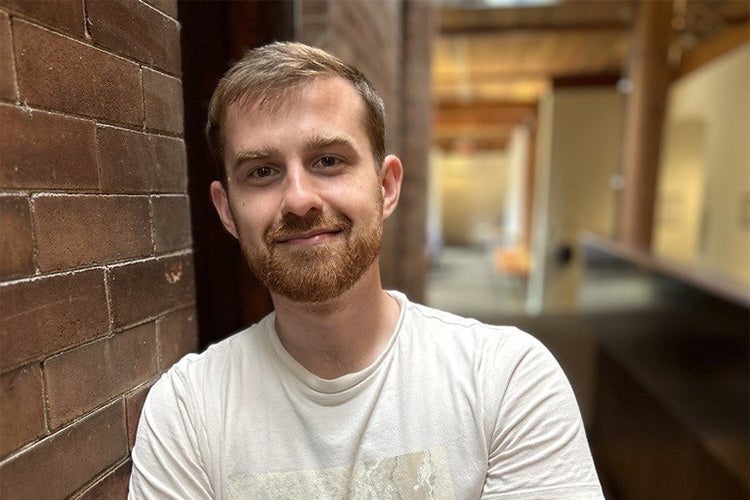
Cristina Amon, Maydianne Andrade and John Dick named University Professors
Published: June 9, 2022
Three University of Toronto faculty members have been appointed University Professors, a prestigious designation that represents the university’s highest and most distinguished academic rank.
The newest members of this elite group – recognized for scholarly achievements and pre-eminence in their fields – are:
- Cristina Amon of the department of mechanical and industrial engineering in the Faculty of Applied Science & Engineering. A former dean of U of T Engineering, Amon’s leadership of the faculty included a commitment to outreach, diversity and inclusion, particularly among women, while her research has helped pioneer the field of Computational Fluid Dynamics.
- Maydianne Andrade of the department of biological sciences at the University of Toronto Scarborough. An internationally recognized expert on black widow spiders, Andrade’s scholarly focus also includes knowledge translation supporting the implementation of principles of equity in academia.
- John Dick of the department of molecular genetics in the Temerty Faculty of Medicine. Dick’s work at U of T and the University Health Network has made him a world-renowned pioneer in the field of cancer stem cell biology, and has led to discoveries that have revolutionized our understanding of normal and leukemic hematopoiesis.
“Please join me in congratulating Professors Cristina Amon, Maydianne Andrade and John Dick for this impressive achievement,” said Cheryl Regehr, U of T’s vice-president and provost.
“All three are influential leaders in their respective fields – computational fluid dynamics, integrative behavioural ecology and cancer stem cell biology – and their internationally recognized, discipline-shaping research is helping to address some of the world’s grand challenges.
“I am also extremely proud of the positive impact U of T’s newest University Professors are having on our society – from setting a new standard for engineering schools worldwide and championing equity in education to transforming our understanding of the nature of cancer and paving the way for new treatments and therapies.”



